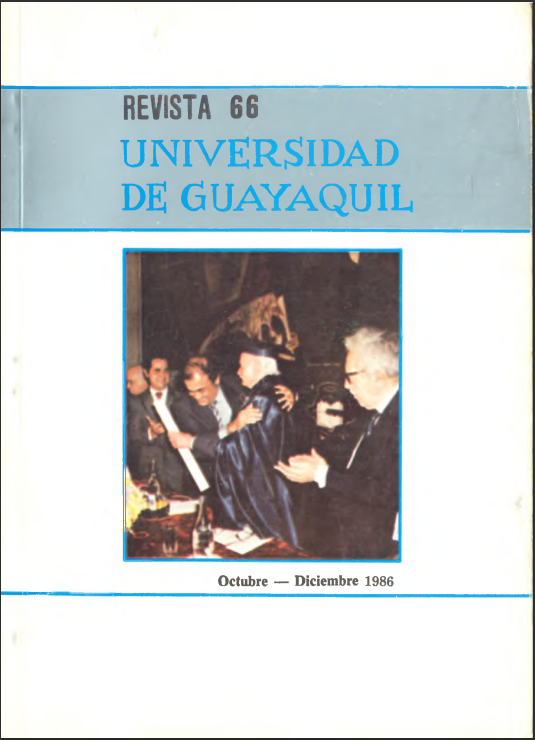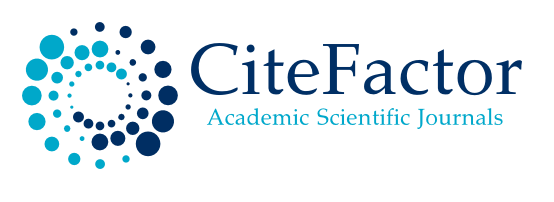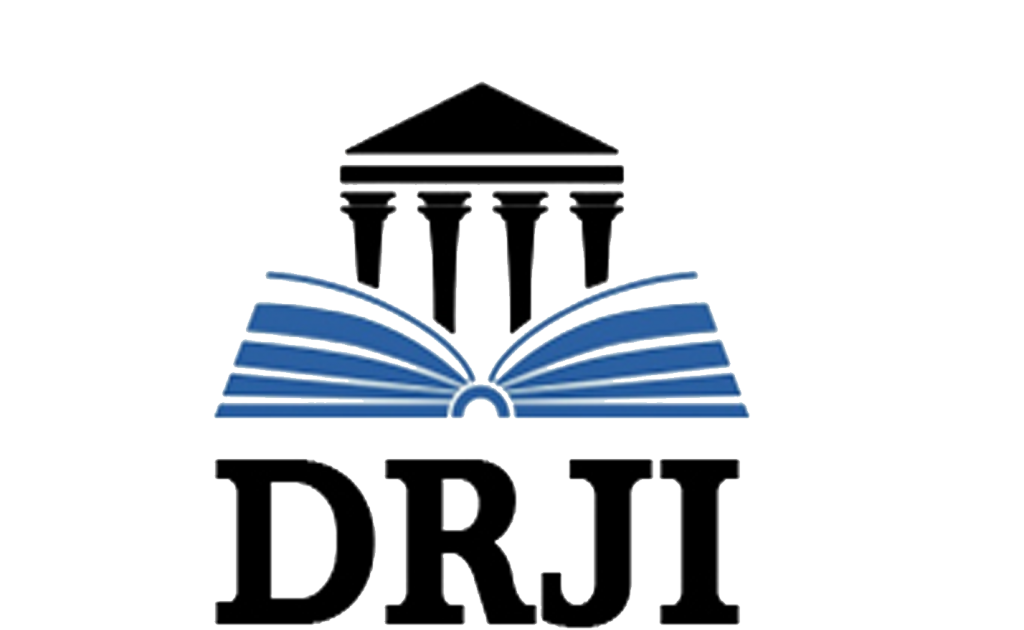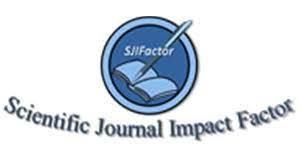El II encuentro de intelectuales por la soberanía de los pueblos de nuestra América
Publicado
1986-12-26
Número
Sección
Artículos de Investigación
Licencia

Esta obra está bajo una licencia internacional Creative Commons Atribución-NoComercial-SinDerivadas 4.0.
Los autores que publican en Revista de la Universidad de Guayaquil conocen y aceptan las siguientes condiciones:
- Los autores retienen los derechos de copia (copyright) sobre los trabajos, y ceden a Revista de la Universidad de Guayaquil el derecho de la primera publicación del trabajo, bajo licencia internacional Creative Commons Atribución-NoComercial-SinDerivadas 4.0 que permite a terceros compartir la obra siempre que se indique su autor y su primera publicación esta revista.
- Los autores conservan los derechos de autor y garantizan a Revista de la Universidad de Guayaquil el derecho de publicar el trabajo a través de los canales que considere adecuados.
- Los autores son libres de compartir, copiar, distribuir, ejecutar y comunicar públicamente la versión del trabajo publicado en Revista de la Universidad de Guayaquil, haciendo reconocimiento a su publicación en esta revista.
- Se autoriza a los autores a difundir electrónicamente sus trabajos una vez que sean aceptados para publicación.
Cómo citar
El II encuentro de intelectuales por la soberanía de los pueblos de nuestra América. (1986). Revista Universidad De Guayaquil, 66(4), 149-152. https://doi.org/10.53591/rug.v66i4.902































